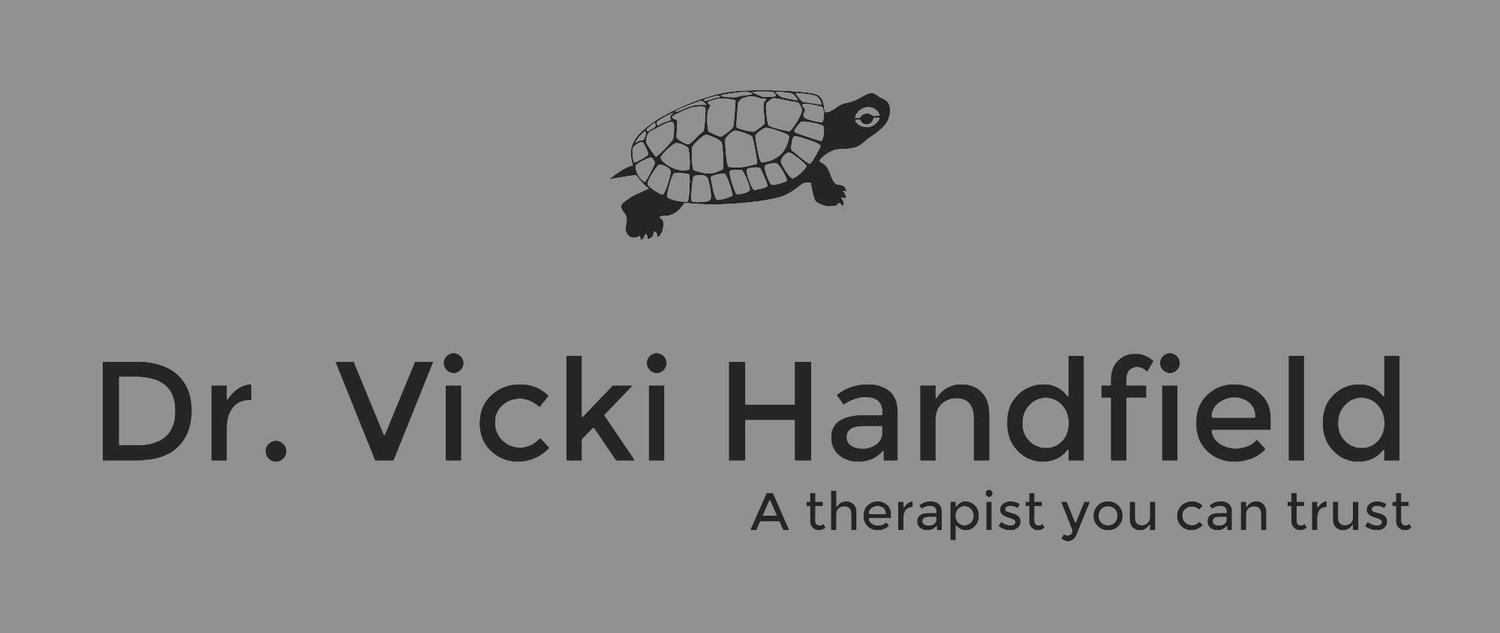Now I’m going to focus on the physical symptoms and helpful techniques for anxiety.
There are several common experiences of the physical symptoms of anxiety. The short list is: tension, gastrointestinal issues, difficulty breathing, and chest pressure. There are others, less common; these are the most frequently experienced. Difficulty sleeping goes with the territory!!!
The most common kinds of tension-related physical problems are headaches, neck and shoulder pain, trouble breathing and chest pressure. Gastrointestinal problems include cramping and frequent urges to urinate or defecate, often including diarrhea and constipation. It helps to understand that shallow breathing creates vascular constriction, affecting many bodily functions, including cold fingers and toes, even numbness and tingling.
Chest pressure is very troubling and frightening; it’s vital to get it checked out. Most of the time it doesn’t indicate a heart condition, but it’s really important to make sure. Going to the ER is often a difficult choice – make that choice and get some clarity for yourself!!
Keep in mind that the medical staff of any ER is on the lookout for heart attacks. Many folks have told me that when the ER staff find that there is no heart problem, they often say “it’s just anxiety” and people can feel dismissed. Keep in mind that the training for working in an ER is very focused on serious heart conditions and in comparison it’s understandable that anxiety falls in a less urgent category.
Anxiety contributes to some illnesses, including asthma and IBS. It’s not usually the only cause, but it is a frequent contributing factor.
It’s frustrating, but in the longer term, helpful – to get medical conditions checked out, hopefully ruled out. Often people hope it’s a medical condition that can be treated successfully. Many are reluctant to know that symptoms are based on mental health needs, and can be helped with mental health treatment. It still is hard to accept, and many of us feel ashamed, disappointed, conflicted and many other variations, about any mental health issue. Even with all the recent acceptance of mental health in general, all of us often have a hard time accepting the need for help. The acceptance of mental health needs is RECENT, not long standing and hasn’t been part of our culture for a very long time.
Reaching out and accepting help runs contrary to the emphasis in our society on independence, self-reliance, strength, determination, etc. We all tend to have trouble admitting our insecurities, issues, and imperfections.
Deep, regular, breathing does wonders for reducing anxiety. In my practice I have seen breathing and talking help a lot, enough that medication is rarely needed. Medication may be needed and can be very helpful.
We ALL forget to breathe deeply to help reduce anxiety; no matter how experienced we may be. Anxiety interferes with good, quality, helpful thought patterns, it’s universal. Shallow breathing reduces the oxygen getting to our brains; we have all experienced better thinking when rested, relaxed, calm. When we’re anxious, we’re getting enough oxygen to live on, no question. But we’re not getting enough to think clearly, to think well, to think objectively, or creatively.
It helps to develop your own ritual for better breathing. No matter how you do it, repetition is key; developing the habit helps a great deal when you’re stressed and anxious. Working on it when we’re calmer is very effective, although very hard to remember to do! Even those of us who have worked on this for years, forget to breathe deeply when the stress level is high! It’s ok, we’re human. The best we can do is remember when we can, and use the breath work when we can.
Breathe in deeply, hold it a second, breathe out slowly and fully. Repeat many times. Deepen the breaths as much as you can – with practice you can breathe more deeply than before. How long and how many times you do this depends on how anxious you are feeling, try it out and see what works for you!
Pay attention and notice where you may be holding tension. Often our shoulders don’t move much when we attempt to breathe deeply – this may inhibit deeper breathing. Try to loosen your neck and shoulders – by raising and lowering your shoulders – this will help your breathing and help you feel more relaxed too. This is just one example – check major muscle groups and areas of your body for tension and try different ways of moving body parts and allowing muscles to relax a bit. The more you practice, the better you’ll get.
I hope you find this helpful and informative. I’m moving away from Gallup, to Corrales – not too far away – and I’ll miss Gallup and the many great folks I’ve gotten to know here. I’ll write more in the future, and will visit!!!


